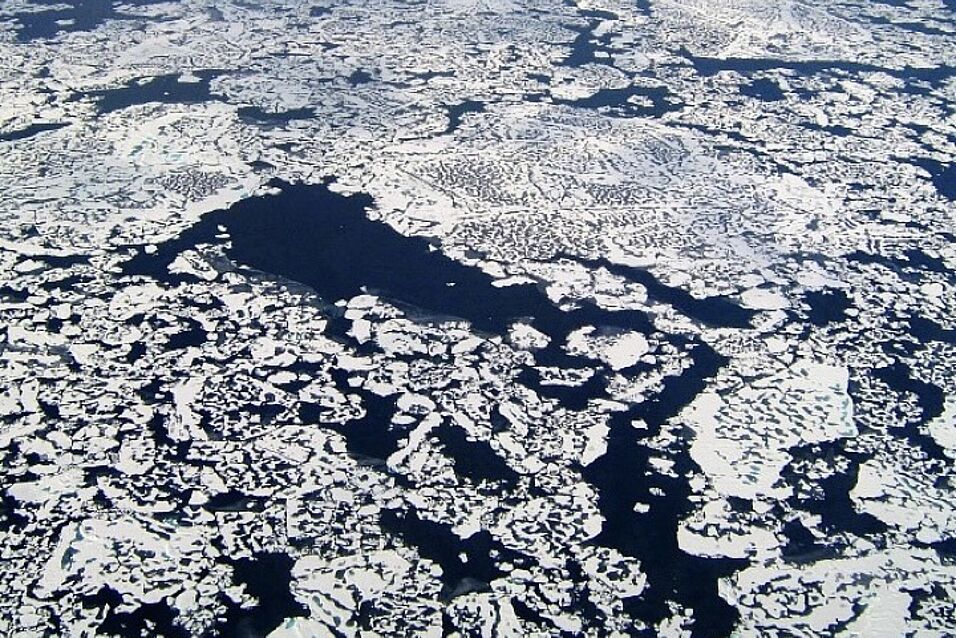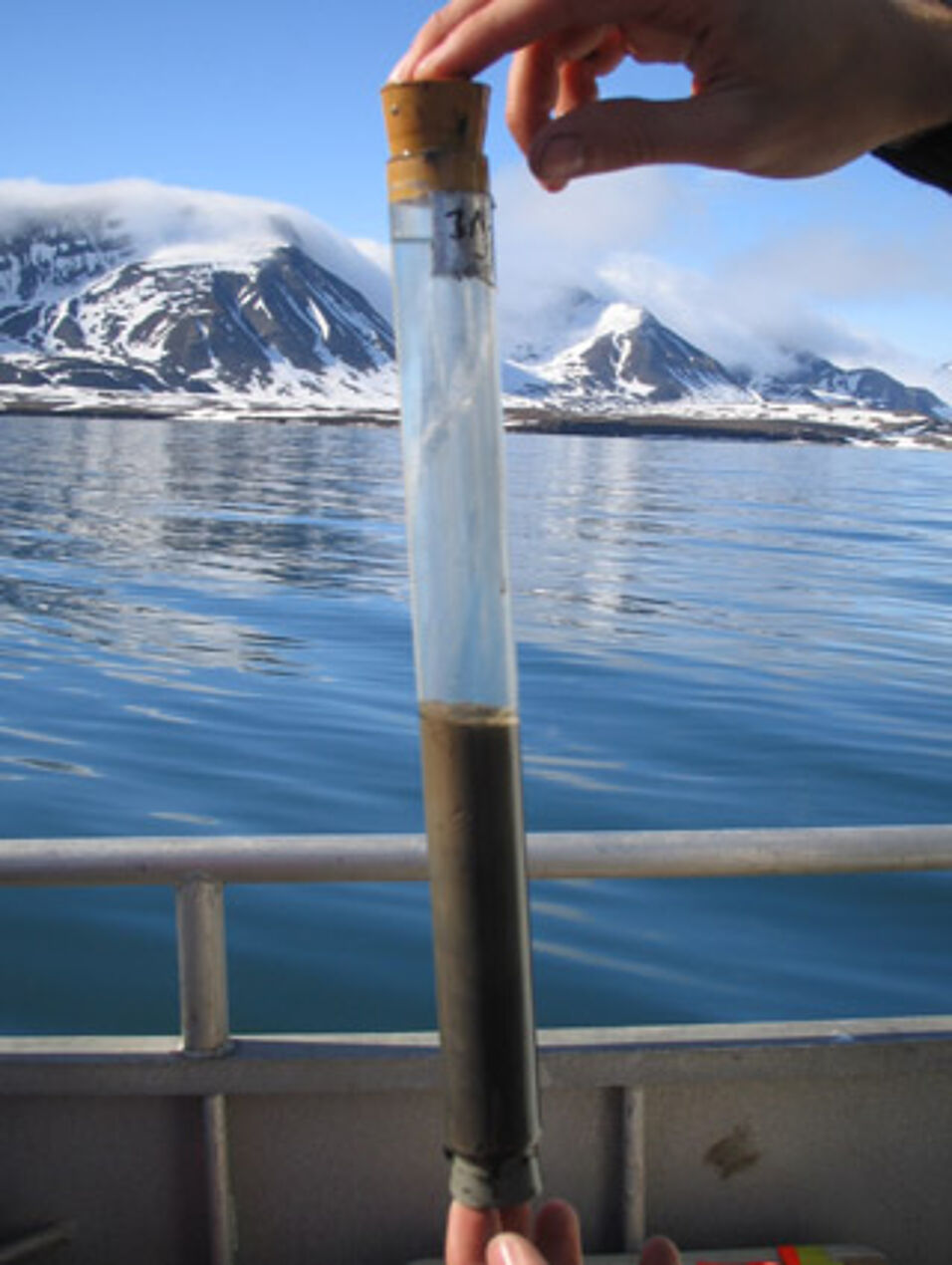Prime examples are sulfate-reducing microorganisms, ubiquitous inhabitants of anoxic seafloor sediments and key catalysts of the marine sulfur and carbon cycles. Although more than 90% of the seafloor area is exposed to temperatures permanently below 4°C, most cultivated sulfate-reducing microorganisms are meso- or thermophiles and thus the physiological and genomic features of cold-adapted sulfate-reducing microorganisms are poorly characterized. This project aims to fill this gap by using a cultivation-independent approach that combines substrate-mediated isotope labeling, high-throughput community analysis (microarrays, amplicon sequencing) and high-resolution single cell techniques to yield novel insights into the biogeography, ecophysiology, and genetic makeup of a microbial guild that is of global importance in the oceans.
This project is funded by the Austrian Science Fund (FWF) P25111-B22.
Investigated by:
- Loy A
- Wasmund K
- Pelikan C
- Hinger I
- Flieder M



